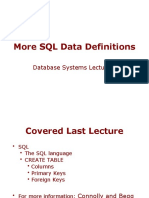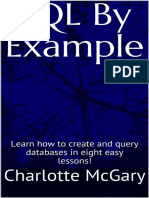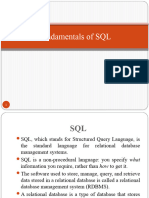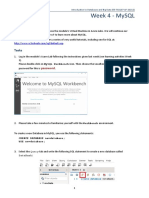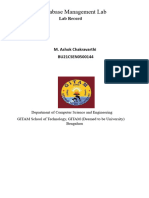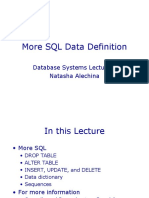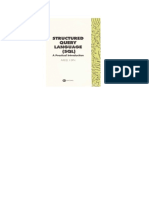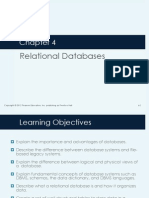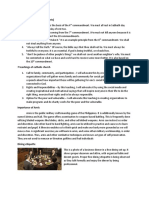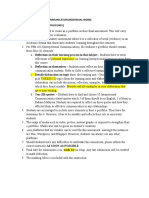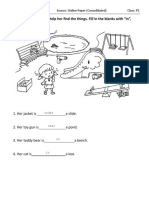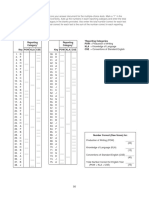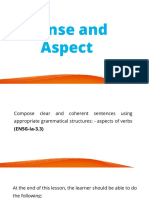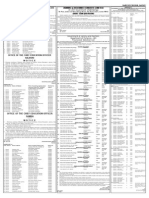0% found this document useful (0 votes)
8 views4 pagesUnit Overview - Databases and SQL - KS4
The KS4 – Databases and SQL unit introduces learners to databases and SQL, covering key terminology and the advantages of relational databases over flat file databases. The unit progresses through lessons on SQL commands for retrieving, updating, and deleting data, culminating in a swim challenge project that reinforces these skills. Assessment includes a summative evaluation based on the final lessons and additional resources for enhancing subject knowledge.
Uploaded by
Mohamed SolobCopyright
© © All Rights Reserved
We take content rights seriously. If you suspect this is your content, claim it here.
Available Formats
Download as DOCX, PDF, TXT or read online on Scribd
0% found this document useful (0 votes)
8 views4 pagesUnit Overview - Databases and SQL - KS4
The KS4 – Databases and SQL unit introduces learners to databases and SQL, covering key terminology and the advantages of relational databases over flat file databases. The unit progresses through lessons on SQL commands for retrieving, updating, and deleting data, culminating in a swim challenge project that reinforces these skills. Assessment includes a summative evaluation based on the final lessons and additional resources for enhancing subject knowledge.
Uploaded by
Mohamed SolobCopyright
© © All Rights Reserved
We take content rights seriously. If you suspect this is your content, claim it here.
Available Formats
Download as DOCX, PDF, TXT or read online on Scribd
/ 4







